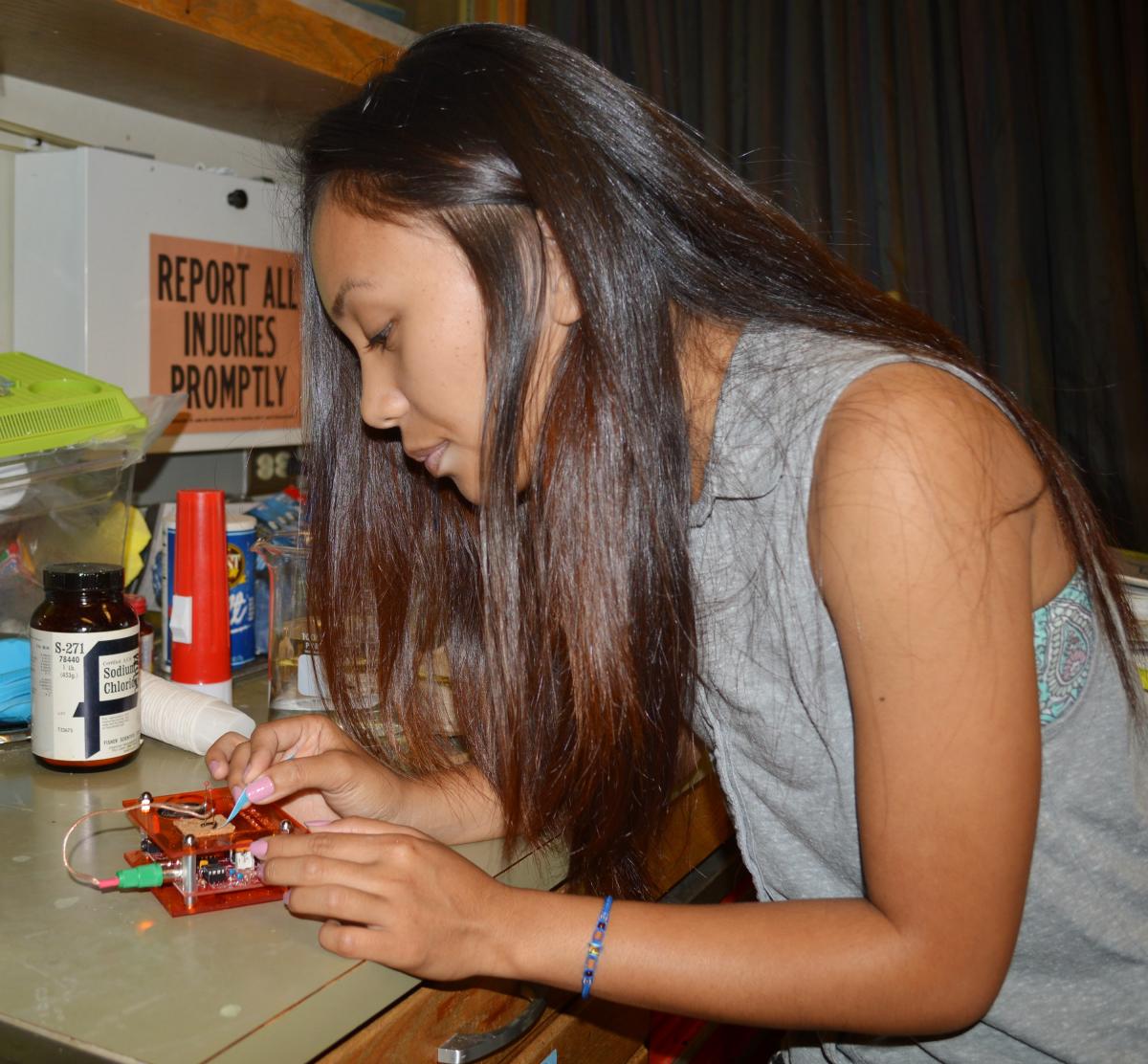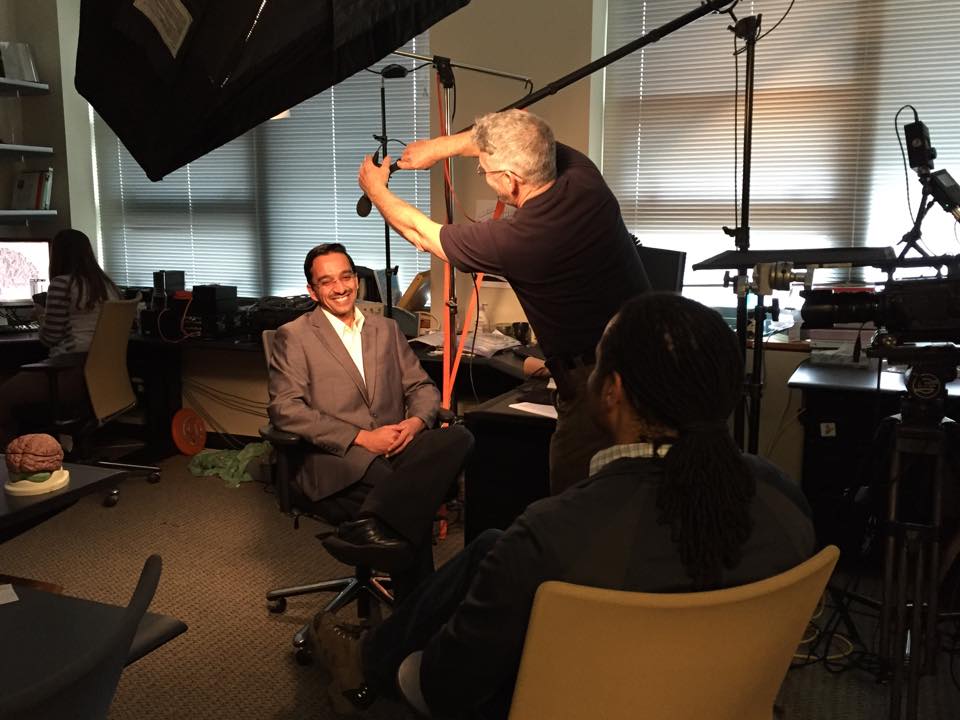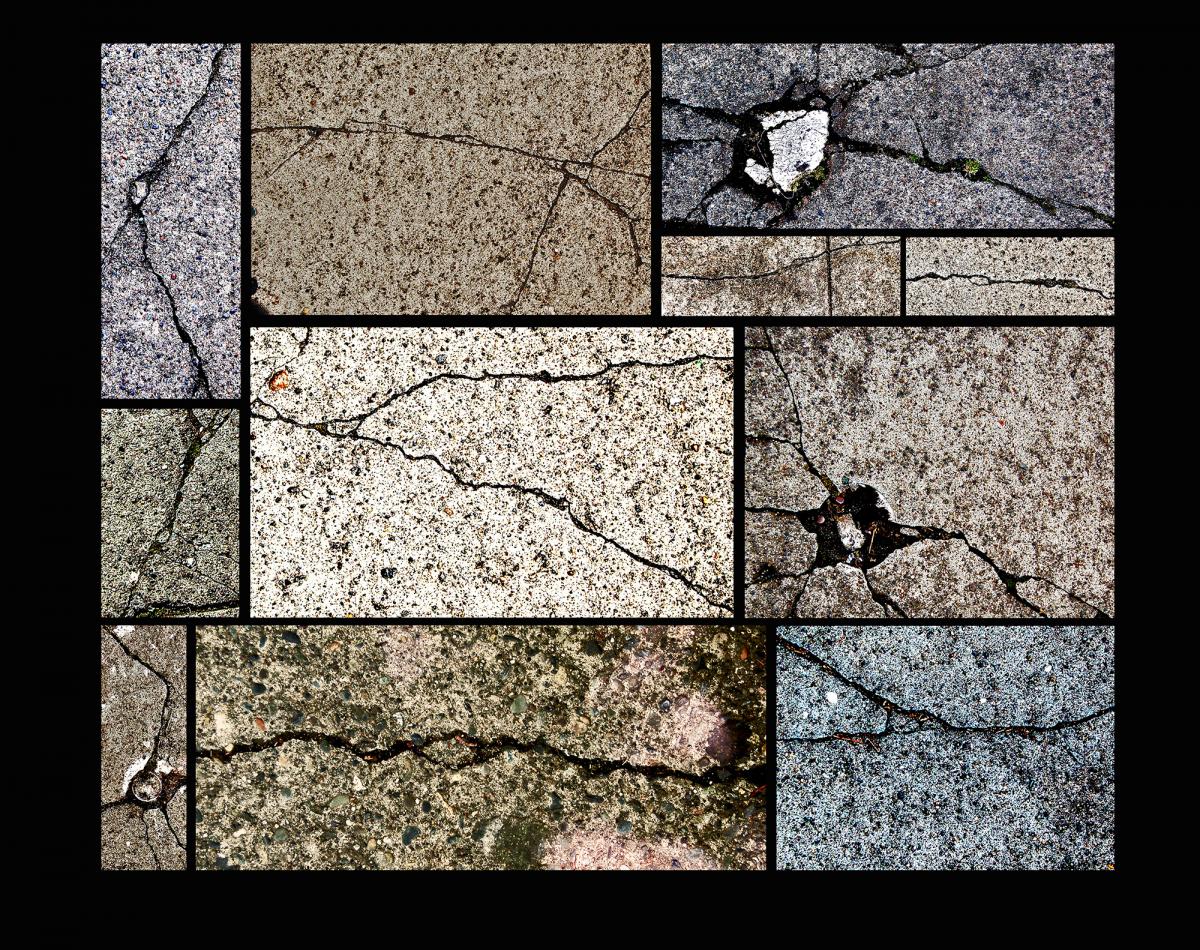 The Center for Sensorimotor Neural Engineering has hosted a total of 16 students in the Young Scholars Program (YSP), a model developed and supported by the National Science Foundation, over the last few years.
The Center for Sensorimotor Neural Engineering has hosted a total of 16 students in the Young Scholars Program (YSP), a model developed and supported by the National Science Foundation, over the last few years.
The YSP provides summer research experiences for high school students and aims to develop students’ knowledge and skills related to sensorimotor neural engineering.

 Imagine moving a mechanical arm just by thinking about it, or playing a video game using only your mind. Scientists and engineers have been developing this technology for decades. It's called brain-computer interfaces.
Imagine moving a mechanical arm just by thinking about it, or playing a video game using only your mind. Scientists and engineers have been developing this technology for decades. It's called brain-computer interfaces. If you had a prosthetic limb, you might find it helpful to be able to better sense where the limb is or actually feel ownership of it. If you struggle from vertigo, a sensation of spinning related to problems with the inner ear, you might benefit from a system that helps ease the dizziness. And if you’ve had a stroke, you might want to use a technology that helps you improve the way you walk.
If you had a prosthetic limb, you might find it helpful to be able to better sense where the limb is or actually feel ownership of it. If you struggle from vertigo, a sensation of spinning related to problems with the inner ear, you might benefit from a system that helps ease the dizziness. And if you’ve had a stroke, you might want to use a technology that helps you improve the way you walk. More than 30 local scientists and artists will unveil work on May 26 that looks at the interface between art and science at the second
More than 30 local scientists and artists will unveil work on May 26 that looks at the interface between art and science at the second